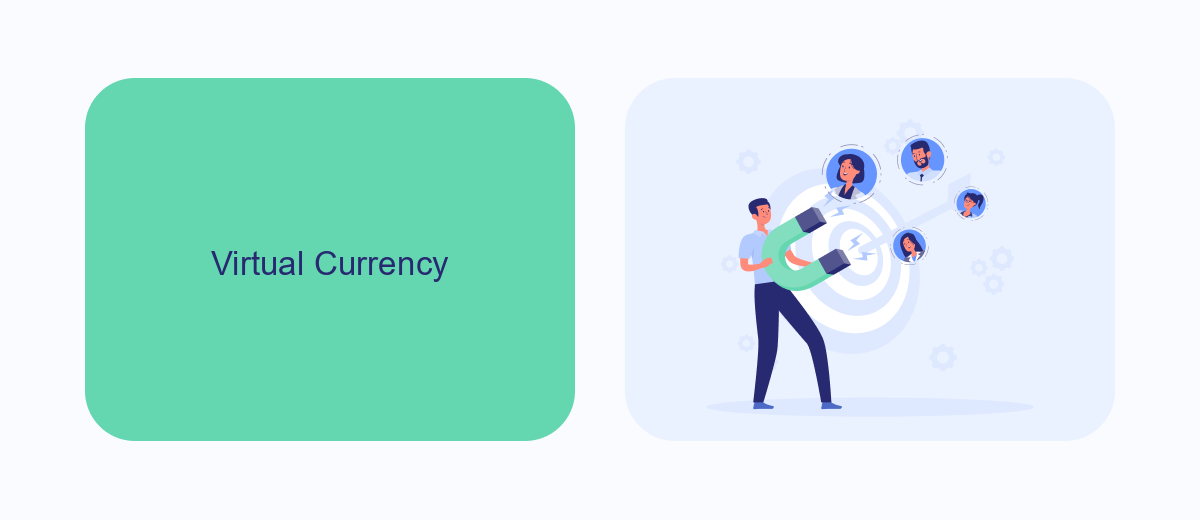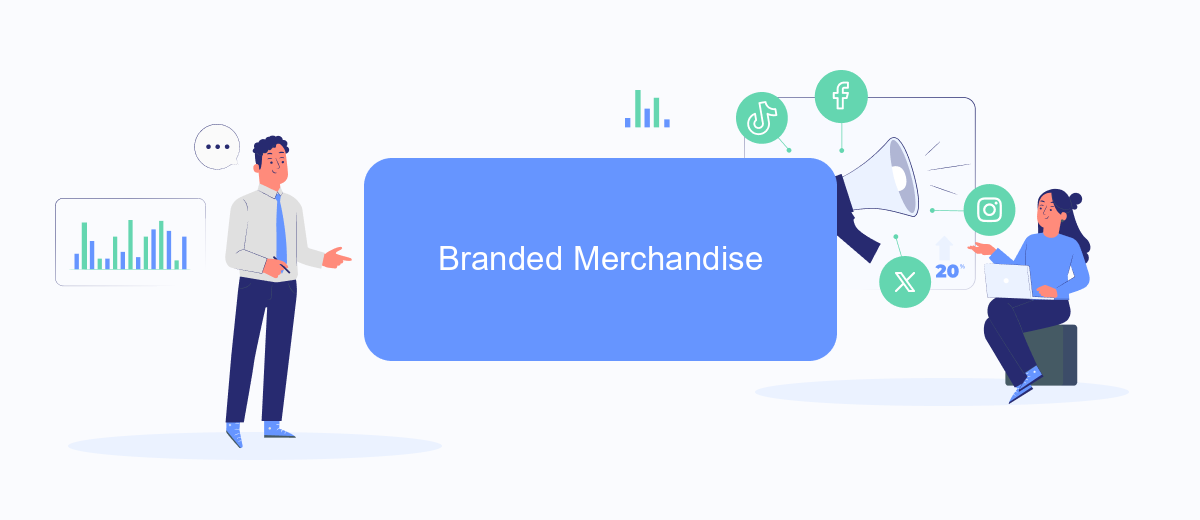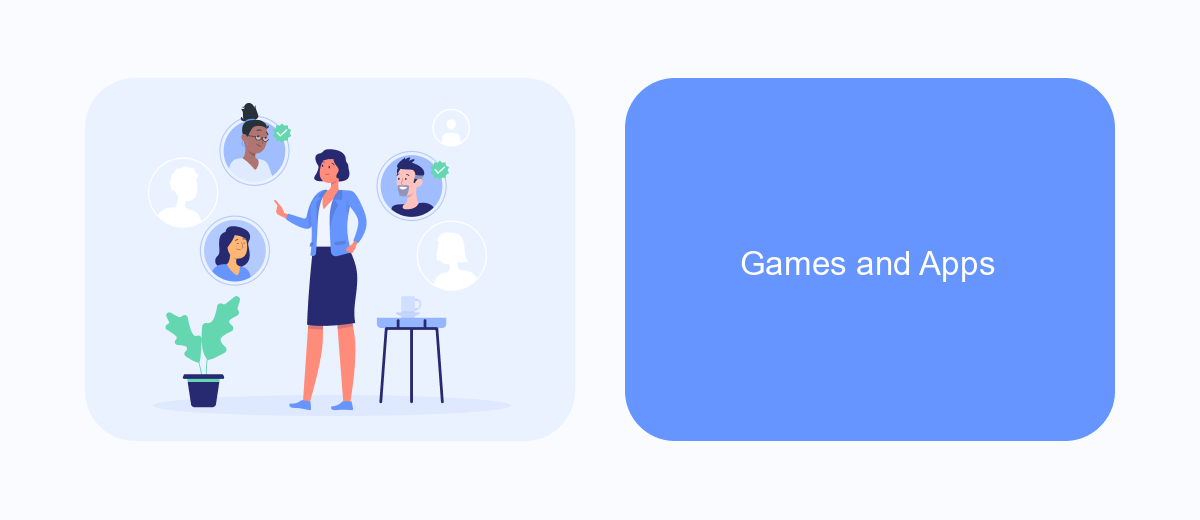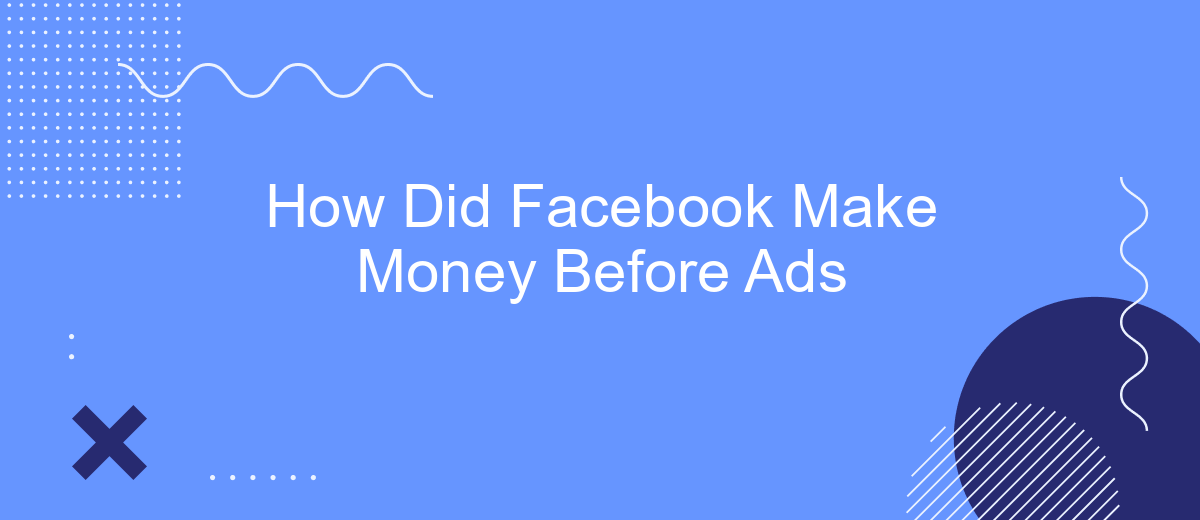Before Facebook became a digital advertising giant, it had to find alternative revenue streams to sustain its operations. This article delves into the early days of Facebook, exploring the initial strategies and business models that helped the social media platform generate income before the introduction of ads. Discover how Facebook navigated its financial challenges and laid the groundwork for future success.
Selling User Data
Before Facebook introduced ads, one of the ways it generated revenue was by selling user data. This data was highly valuable to businesses and marketers, as it provided insights into user behavior, preferences, and demographics. By leveraging this information, companies could tailor their products and marketing strategies more effectively.
- Demographic information (age, gender, location)
- User interests and activities
- Social connections and interactions
- Behavioral data (likes, shares, comments)
To facilitate the process of data integration, Facebook partnered with various services that made it easier for businesses to access and utilize this data. One such service is SaveMyLeads, which automates the process of connecting Facebook data with other platforms. By using SaveMyLeads, businesses could seamlessly integrate user data into their CRM systems, email marketing tools, and other applications, thereby enhancing their marketing efforts and customer engagement strategies.
Virtual Currency

Before Facebook introduced ads, one of the ways it generated revenue was through virtual currency. Facebook Credits, launched in 2009, allowed users to purchase virtual goods in games and apps on the platform. Users could buy Credits using real money and then spend them on various in-game items, enhancing their gaming experience. This system provided a revenue stream for Facebook, as the company took a percentage of each transaction made with Credits.
To facilitate these transactions, Facebook integrated various payment services, making it easy for users to buy Credits. One of the tools that could have helped streamline such integrations is SaveMyLeads. SaveMyLeads automates the process of connecting different services, ensuring seamless payment experiences for users. By leveraging such tools, Facebook could efficiently manage its virtual currency ecosystem, thereby maximizing its revenue from virtual goods before the advent of ads.
Branded Merchandise

Before Facebook's ad revenue skyrocketed, the company explored various alternative monetization strategies. One of the lesser-known but innovative methods was branded merchandise. This approach not only generated revenue but also helped in creating a strong brand identity among its users.
- Exclusive Apparel: Facebook offered a range of exclusive clothing items such as t-shirts, hoodies, and caps, which were emblazoned with their iconic logo.
- Office Supplies: Items like branded pens, notebooks, and mousepads were made available for purchase, catering to both casual users and corporate clients.
- Tech Accessories: The company also sold tech gadgets and accessories, including phone cases, USB drives, and laptop stickers, all featuring the Facebook brand.
These branded merchandise efforts were supported by seamless integration setups facilitated by services like SaveMyLeads. This service helped Facebook streamline their e-commerce operations, ensuring that user data and transactions were efficiently managed. By leveraging such integrations, Facebook was able to maintain a smooth and effective merchandise sales process, contributing to their early revenue streams.
Games and Apps

Before Facebook introduced ads as a primary revenue stream, games and apps played a significant role in generating income for the platform. These applications, developed by third-party developers, engaged users and created a vibrant ecosystem within Facebook.
Facebook facilitated the growth of these apps by providing developers with tools and APIs to integrate their creations seamlessly into the platform. This not only enhanced user experience but also opened up various monetization opportunities for both developers and Facebook.
- In-app purchases: Users could buy virtual goods or currency within games and apps.
- Premium features: Some apps offered additional features or content for a fee.
- Revenue sharing: Facebook took a percentage of the revenue generated by these transactions.
To streamline the integration of apps and games, services like SaveMyLeads became invaluable. SaveMyLeads allows developers to automate data transfers and connect various tools effortlessly, ensuring smooth operations and enhancing the overall functionality of their applications on Facebook.
Other Revenue Streams
Before Facebook introduced ads as a primary revenue stream, the company explored various other methods to generate income. One of the significant ways was through virtual goods and credits. Facebook Credits, launched in 2009, allowed users to purchase items in games and apps on the platform. This system provided a way for developers to monetize their applications while Facebook took a percentage of each transaction, creating a steady revenue stream.
Another notable revenue source was through partnerships and integrations. Facebook collaborated with various companies to integrate their services into the platform, enhancing user experience while generating revenue. For instance, SaveMyLeads is a service that facilitates seamless integration of different applications with Facebook, allowing businesses to automate lead generation and improve efficiency. Such partnerships not only improved Facebook’s functionality but also brought in additional income through service fees and commissions.
FAQ
How did Facebook initially generate revenue without ads?
Did Facebook charge users for accessing the platform?
Were there any premium features or services on Facebook that users had to pay for?
How did Facebook manage operational costs before ads?
Did Facebook use any automation or integration tools to enhance its services before ads?
Personalized responses to new clients from Facebook/Instagram. Receiving data on new orders in real time. Prompt delivery of information to all employees who are involved in lead processing. All this can be done automatically. With the SaveMyLeads service, you will be able to easily create integrations for Facebook Lead Ads and implement automation. Set up the integration once and let it do the chores every day.
